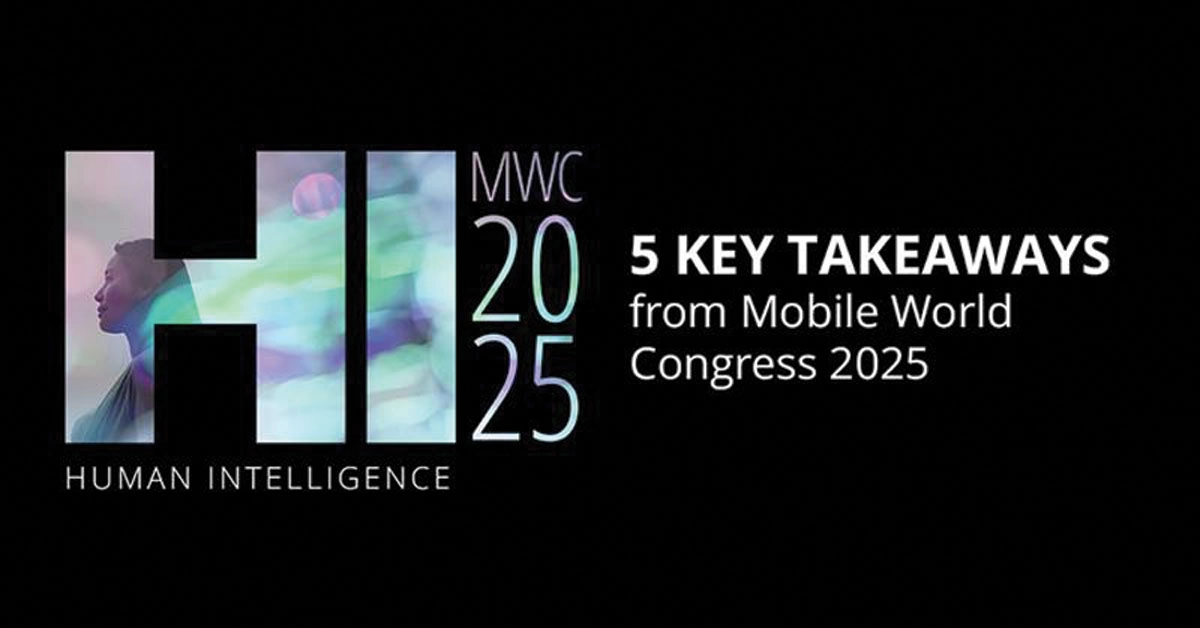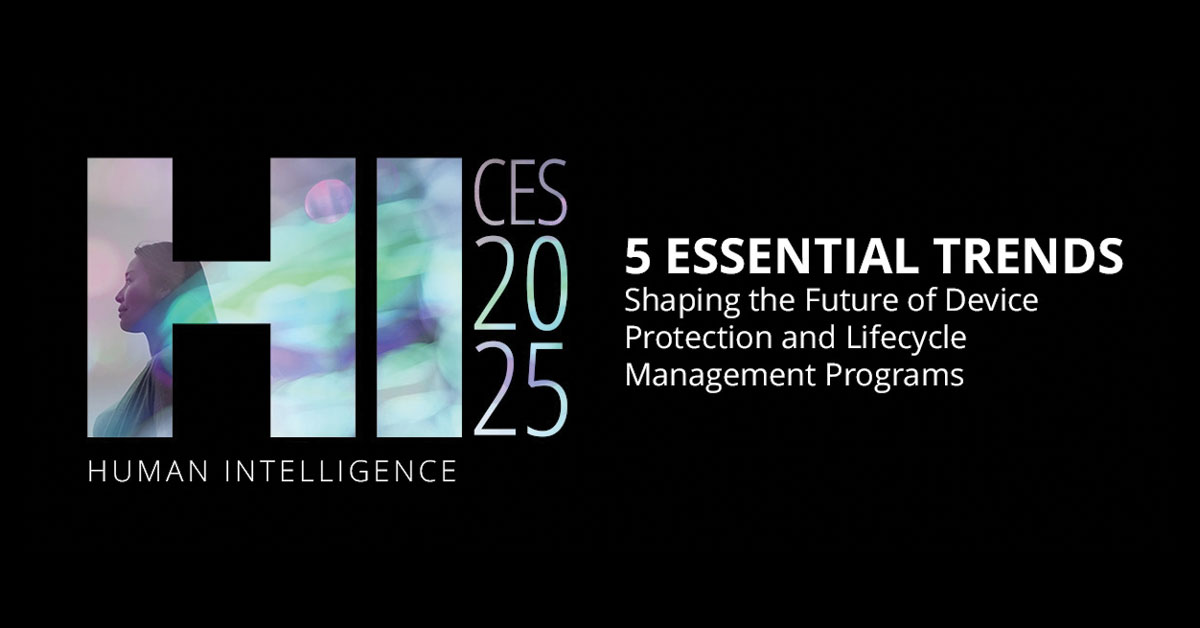Among its many impacts, the COVID-19 pandemic accelerated the adoption of connected products around the world. Smart technology quickly became the primary method many of us used to connect to family and friends, and to work or learn from home – and it performed well. For the first time in Assurant’s 6 years of researching connected consumer trends, the majority of people across every generation in almost every country surveyed have a positive view of connected technology.
A Generational Breakdown of Smart Tech Use
It’s no surprise digital natives — Millennials and Gen Z consumers — like connected technology. That’s long been the case. But this year, when asked if connected consumer technologies have made things better or worse, every other generation agrees with their younger counterparts; they say technology is improving their lives.
It’s easy to see how social distancing and shelter-in-place mandates played a key role driving not only technology adoption but also positive sentiment around smart tech. Here’s why:
- Many people shifted to a work-from-home model that was enabled by technology. While Millennials and Gen Z may have worked from home pre-pandemic, Gen X-ers and Baby Boomers were more likely to have experienced WFH for the first time as a result
of COVID-19. They got front-row seats to the benefits it provided, including:
- More time at home with family
- Less time commuting
- Lower overhead costs
- Many Silent Generation and Baby Boomer consumers used connected technology to keep up with children, grandchildren and friends. In many cases, it became the only medium through which grandparents saw their grandchildren or parents connected with their college students.
- Telehealth rose to new heights during the pandemic, providing a safe, convenient way to meet healthcare needs across generations. This was especially impactful for the Silent Generation and Baby Boomers who were at high risk for COVID-19 complications.
When you look at a country-by-country breakdown of how different generations have responded to the smart technology experiences they’ve had, sentiment across digital native and non-native generations is fairly close in a lot of cases and over 50% positive in nearly every case.
Percent of survey respondents who believe technology will continue improving life
| Canada | Germany | Japan | UK | Brazil | Australia | |
| Digital Native Generations (Millennials & Gen Z) | 66% | 62% | 73% | 62% | 79% | 59% |
| Non-digital natives (Gen X, Baby Boomers & Silent Gen) | 53% | 58% | 65% | 46% | 88% | 47% |
In the U.S., good opinions of technology grew across the board in 2021, with the most notable upticks in Gen Z, Millennials and Gen Xers. When measured on a 10-point scale where 10 was “made life better” and 1 was “made life worse,” this group’s perception of technology as improving life increased from an average of 6.5 in 2019 to 8.6 in 2021. This year also saw the largest jump in positive sentiment from Baby Boomers and the Silent Generation since the inception of Assurant’s Connected Decade research in 2016.
 New Connected Purchases During the Pandemic
New Connected Purchases During the Pandemic
Across nearly every country surveyed, connected technology use was up. Whether it was working or learning from home or online shopping, consumers spent a lot of time with their technology completing tasks remotely.
What consumers have been doing more of at home since COVID-19
| Japan | Germany | Canada | Brazil | Australia | UK | |
| Use internet | 46% | 49% | 60% | 87% | 50% | 66% |
| Video conf. | 36% | 44% | 53% | 73% | 44% | 55% |
| Online shop | 39% | 45% | 52% | 76% | 40% | 55% |
| WFH | 28% | 37% | 32% | 74% | 31% | 42% |
| Learn | 21% | 25% | 26% | 70% | 19% | 32% |
| Telehealth | 12% | 14% | 30% | 39% | 30% | 20% |
As consumers who were once slower adopters of technology started using more remote services, they naturally became more willing to purchase equipment to support those services. While most people who purchased a connected product said they purchased it for themselves (more than 75%), nearly a quarter (23%) purchased a smart product for a child or parent.
Percent of survey respondents who purchased a new connect
| Japan | Germany | Canada | Brazil | Australia | UK | U.S. | |
| Overall | 35% | 40% | 33% | 72% | 37% | 44% | 40% |
What This Trend Means for Connected Product & Service Providers
Greater positive regard for connected technology spells opportunity in three main areas for providers of connected products and services.
- Former technophobes are now potential customers. The pandemic experience turned many technophobes into advocates for connected technology and thus into new potential customers. Since experiencing benefits like connecting to loved ones long-distance, seeing doctors remotely and even grocery shopping online, they form an attentive market segment that’s ready for more.
- Older consumers want targeted support. Gen X, Baby Boomer and Silent Generation consumers are concerned about replacing broken products, data security, and product know-how. To drive adoption and loyalty in these segments, provide onboarding help, tech support and clear explanations around the value of protecting products to avoid costly repairs.
- Flexible tech support is on everyone’s radar. With more people connecting from home now and in the future, flexible tech support options are critical. Everything from self-service digital solutions to assisted advanced diagnostic tech support is the key to winning business from digital consumers across generations.
Knowledge is Power — Read Our eBook
The changes in behavior and mindset resulting from the pandemic mean new openings for alert enterprises. To find out more about how the pandemic changed consumer technology behaviors and expectations, download our eBook today.






